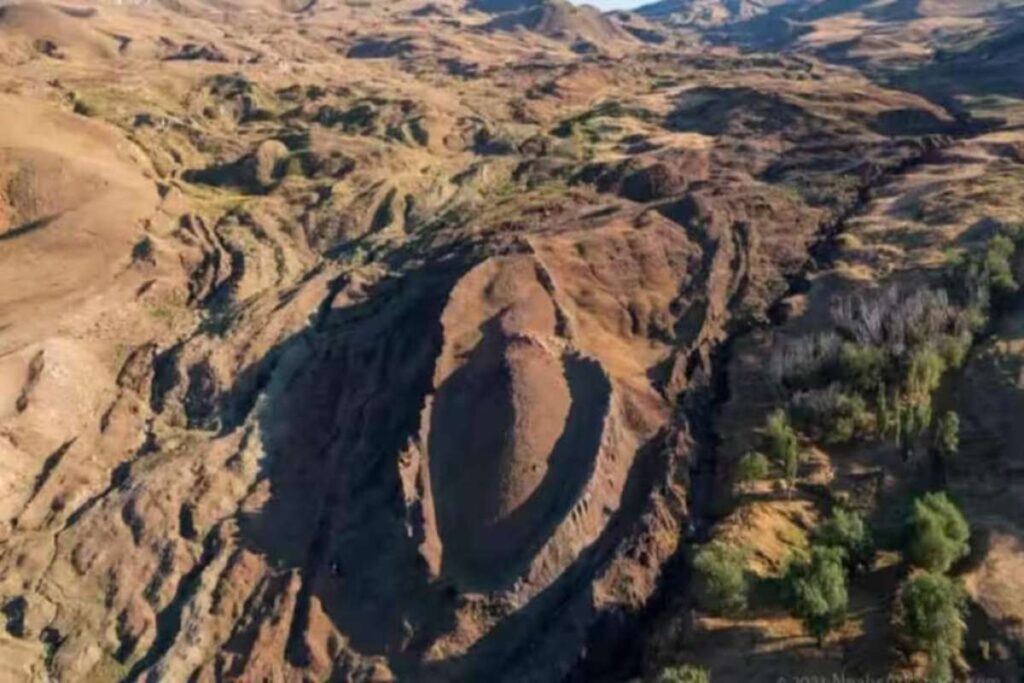The well-known biblical story of Noah has been a subject of controversy over the years. Many believe it is just a skillfully crafted myth, while others believe the events happened as the Bible described.
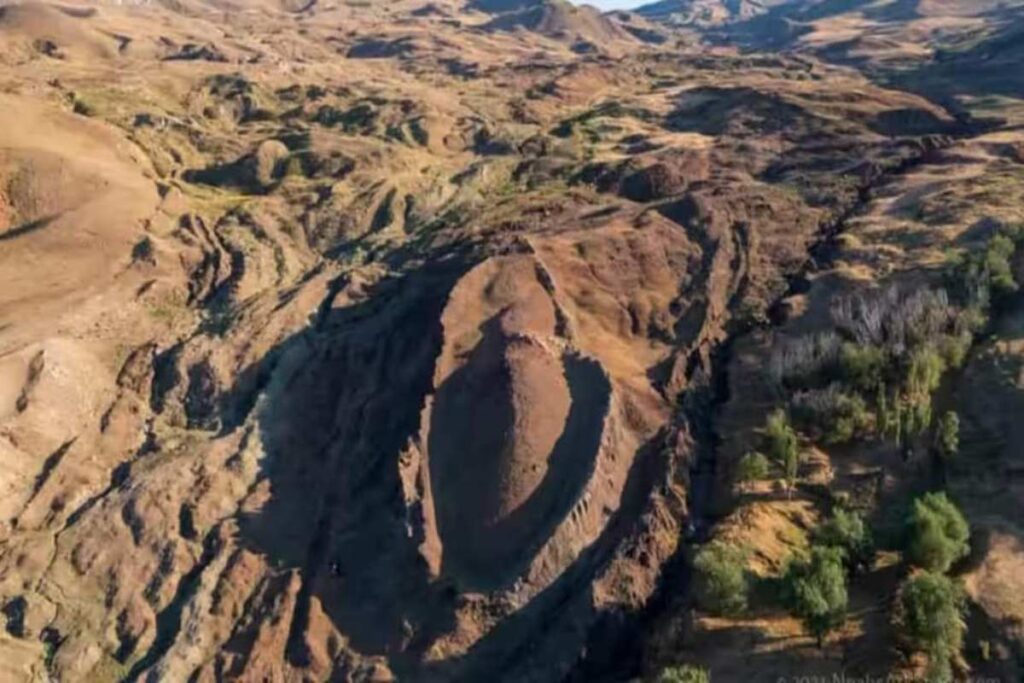
Well, a recent discovery is likely to lay the contention to rest. A group of archeologists believe they have found the remains of this legendary ark.
The Flood that Destroyed the Earth
The story of Noah involves a spirit being or God who was displeased with mankind’s actions. According to the story, God observed that evil had grown on the earth to unbearable levels.
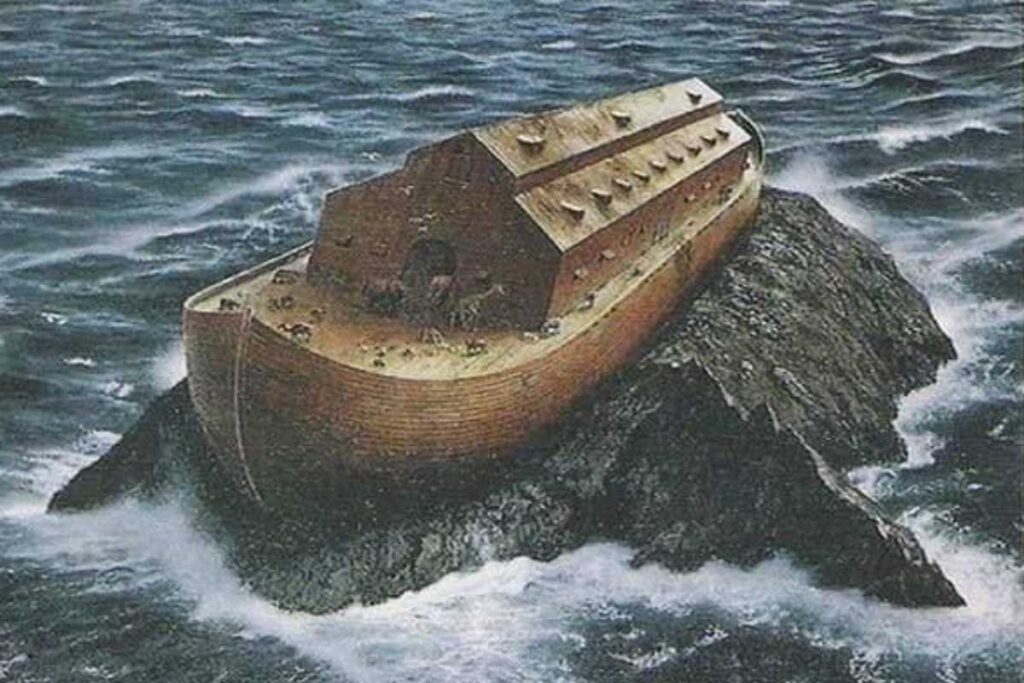
As a result, He decided to destroy the earth and start again with the family of Noah. So, God chose to send a massive flood to wipe out all of corrupted humanity.
Noah the Ark Builder
According to the story, God instructed Noah to build a gigantic ark to house his family and all manner of wildlife. For many days, Noah worked on constructing this ark according to specifications he received from God.

Afterward, he began to usher in all the animals in pairs: lions, antelopes, elephants, and other animals you can think of. Afterward, God sent a heavy rain that lasted for 150 days and “cleansed the earth.”
ALSO READ: Authorities Discover 7-Year-Old Boy Shot Dead Outside His Front Door
Where is the Ark?
The last known indication of the ark’s possible location is in the Bible itself. The scriptures tell us that after the nearly five-month flood, the ark rested on the “mountains of Ararat.” Interestingly, these mountains are in present-day Turkey.

Therefore, following this hint, archeologists have been searching for the remains of this ark since 2021. They concentrated their search on the Doğubayazıt district of Ağrı in eastern Turkey.
The Durofeiner Formation
In the Doğubayazıt district, there lies a geological formation called Durofeiner. Archeologists believe this formation is the most likely resting place for the ark.
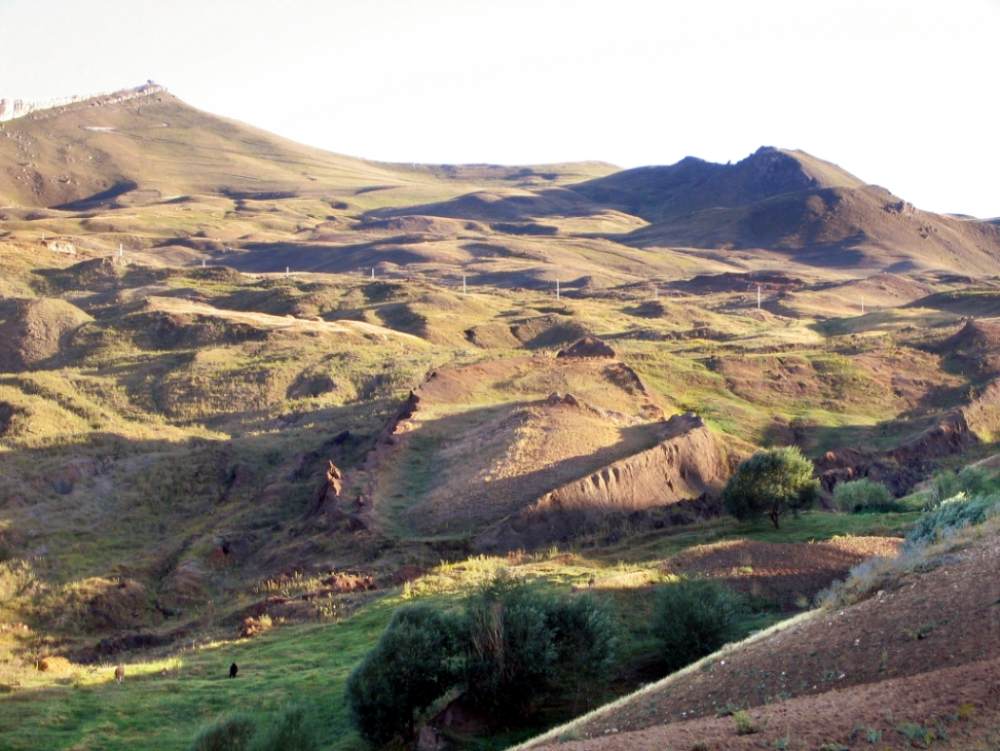
Looking at the Durofeiner formation from above, one can see a boat-shaped outline that seems to add weight to the suspicions. In fact, many archeologists believe that the outline itself is the fossilized remains from the ark.
A Research Team Goes to Work
Amongst those who believe that the ark could be hidden somewhere on Mount Ararat are a group of Turkish and American archeologists.

These scientists, drawn from Turkish and American universities, have worked together to solve the puzzle. Hence, the Mount Ararat and Noah’s Ark Research Team was born. The team has invested a lot of effort in testing rock samples from the formation.
What Are the Test Results?
After analyzing the rock samples, the team detected clay, seafood, and marine materials. This discovery was a sign of progress for the team, and these materials are proof of human activity in the region.
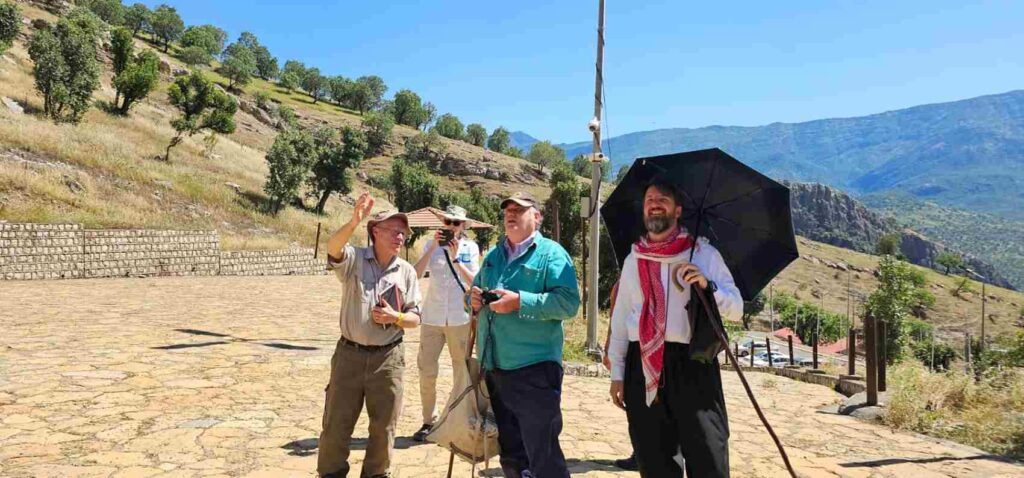
Most importantly, the discovery boosted the team’s morale. Plus, there are likely many more discoveries to make from the 500-foot-tall formation, which is about three miles away from the border between Turkey and Iran.
POLL—Should the Government Implement Stricter Penalties To Combat Retail Theft?
How Old is the Formation?
After careful scientific investigation, the researchers discovered that the formation mostly contained limonite. Interestingly, the formation’s samples date back to 3500 to 5000 years ago.
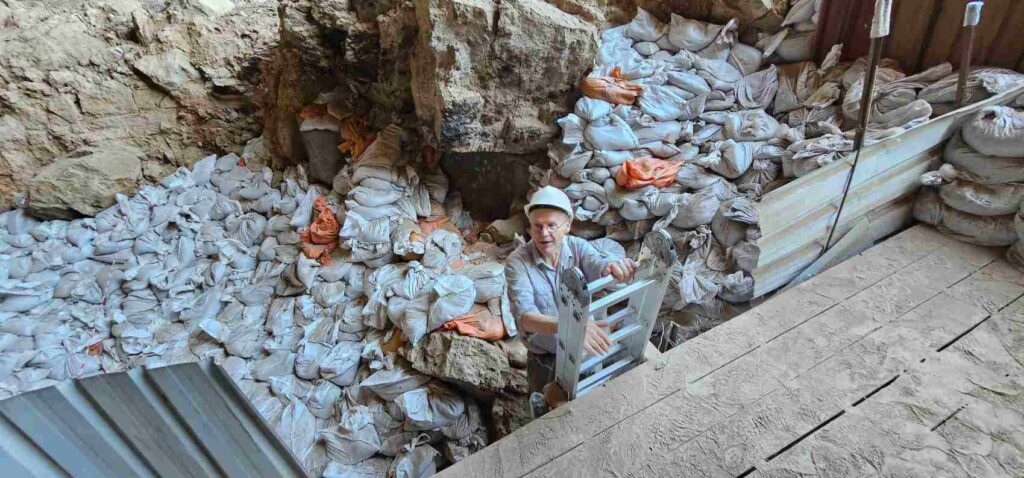
To their relief, this date aligned perfectly with the views of renowned bible scholars who placed Noah’s flood event at 3000 BC. With this finding, it was safe enough for the team to conclude that they had found Noah’s ark.
Proof of Human Activity
The group’s discovery of human activity in the formation has received the backing of notable scientists, one of whom is Dr. Faruk Kaya, the vice-rector of the Agri Ibrahim Chechen University.

“According to the preliminary findings of our research, we believe that human activity occurred in this region during the Chalcolithic period (Stone and Copper Age), specifically between 5,500 and 3,000 BC,” he stated.
Too Early to Conclude
Dr. Kaya, however, added that while the evidence of human activity on the formation has been pretty convincing, we shouldn’t be so quick to reach a verdict.

He said, “Noah’s flood is believed to have taken place 5,000 years ago, and our findings indicate the presence of life in this region during that time. However, it is too early to draw definitive conclusions.”
WATCH: Giant Lake Returns 130 Years After Vanishing
The Findings Have Been Disputed
Quite a number of scientists disagree with the archeological team’s submission. Contrary to the team’s judgment, these opponents believe that the samples from the formation are simply ancient rocks rather than proof of human activity.
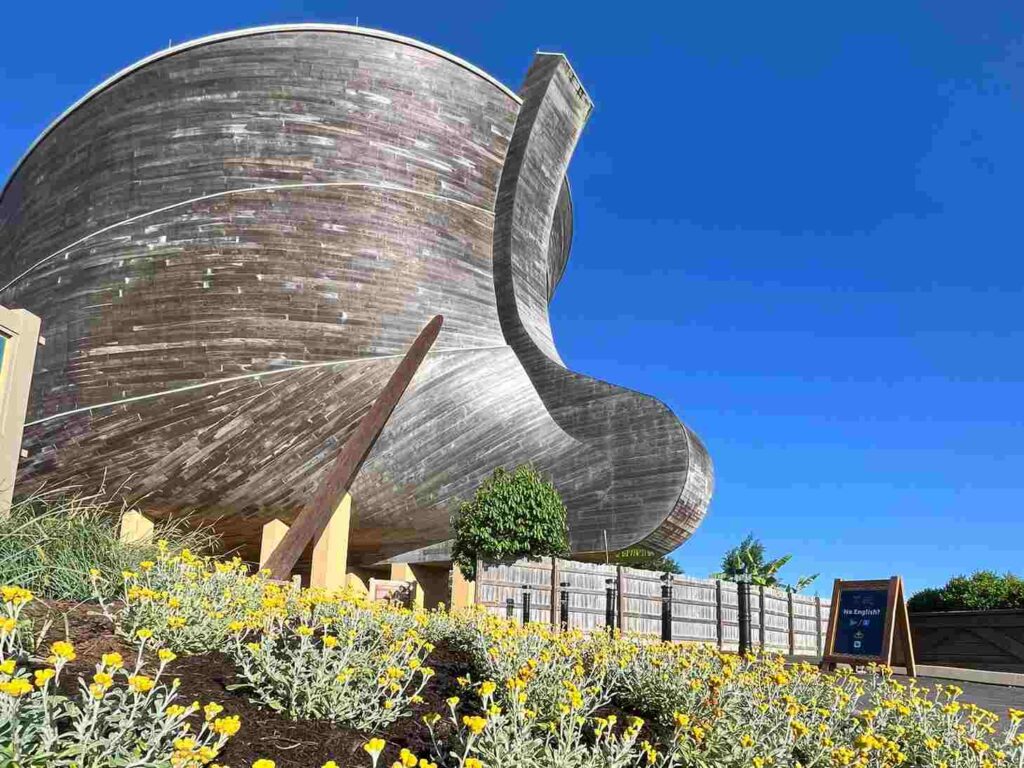
They believe such proof is too elementary to conclude Noah’s ark discovery sufficiently.
More Research is Underway
Thankfully, scientists haven’t given up on the quest for more convincing evidence of Noah’s ark on the Durofeiner formation. In fact, they’ve begun to make arrangements for excavations on the site, which will allow for a more detailed analysis of the formation.
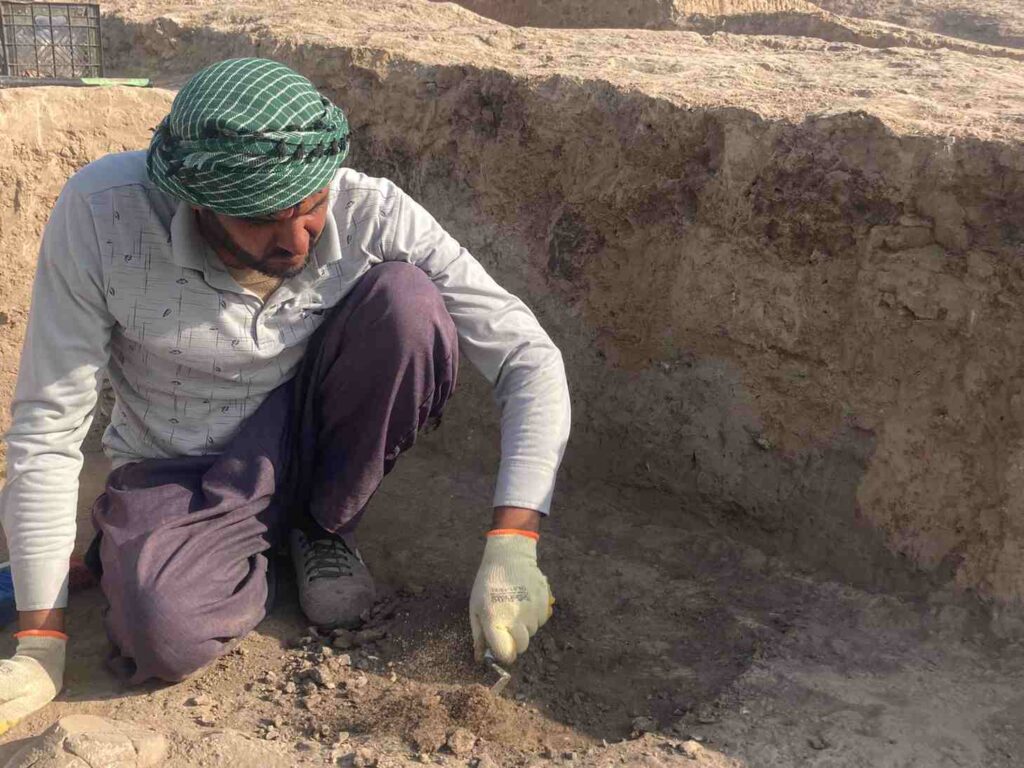
Hopefully, they could stumble upon buried artifacts that could throw more light on the history of the region. Also, discovering an artifact will end the debate about the ark’s presence.
You Might Also Like:
“He’s Truly Lost His Mind,” Critics Slam Lindsey Graham for Calling D-Day a Failure
Christian Group Petitions Supreme Court Justice Samuel Alito to Step Down
Sen. Fetterman and Wife Rushed to the Hospital After Fatal Car Crash
Tiffany Haddish Avoids Jail, Takes Plea Deal in DUI Case
Taylor Swift’s Ex-Boyfriend Discusses Their Split

